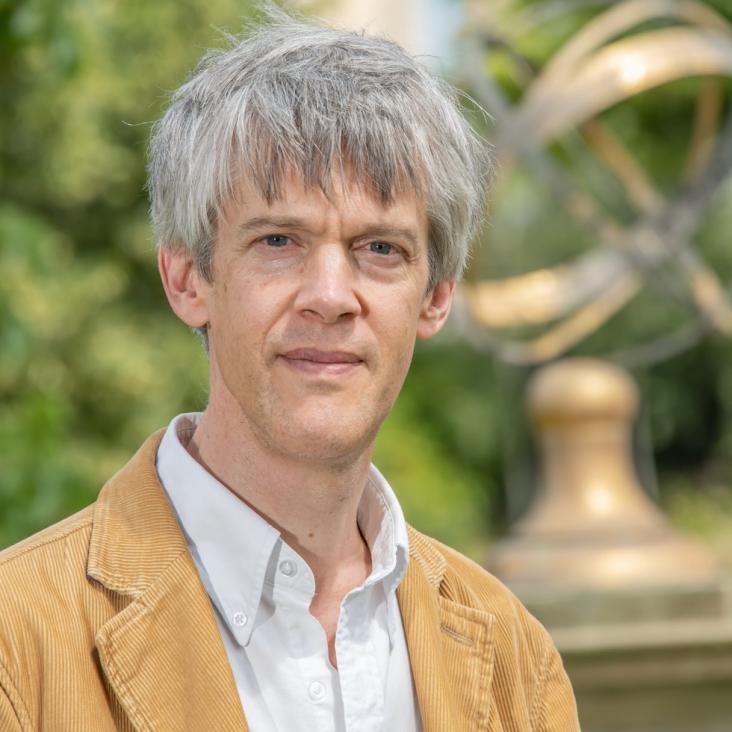A High Resolution Chronology for Steward’s Promontory Culture Collections, Promontory Point, Utah
American Antiquity Cambridge University Press (CUP) 79:4 (2014) 616-637
Abstract:
Sea-level variability over five glacial cycles
Nature Communications Springer Nature 5:1 (2014) 5076
The timing and spatiotemporal patterning of Neanderthal disappearance
Nature Springer Nature 512:7514 (2014) 306-309
Abstract:
The timing of Neanderthal disappearance and the extent to which they overlapped with the earliest incoming anatomically modern humans (AMHs) in Eurasia are key questions in palaeoanthropology1,2. Determining the spatiotemporal relationship between the two populations is crucial if we are to understand the processes, timing and reasons leading to the disappearance of Neanderthals and the likelihood of cultural and genetic exchange. Serious technical challenges, however, have hindered reliable dating of the period, as the radiocarbon method reaches its limit at ∼50,000 years ago3. Here we apply improved accelerator mass spectrometry 14C techniques to construct robust chronologies from 40 key Mousterian and Neanderthal archaeological sites, ranging from Russia to Spain. Bayesian age modelling was used to generate probability distribution functions to determine the latest appearance date. We show that the Mousterian ended by 41,030–39,260 calibrated years bp (at 95.4% probability) across Europe. We also demonstrate that succeeding ‘transitional’ archaeological industries, one of which has been linked with Neanderthals (Châtelperronian)4, end at a similar time. Our data indicate that the disappearance of Neanderthals occurred at different times in different regions. Comparing the data with results obtained from the earliest dated AMH sites in Europe, associated with the Uluzzian technocomplex5, allows us to quantify the temporal overlap between the two human groups. The results reveal a significant overlap of 2,600–5,400 years (at 95.4% probability). This has important implications for models seeking to explain the cultural, technological and biological elements involved in the replacement of Neanderthals by AMHs. A mosaic of populations in Europe during the Middle to Upper Palaeolithic transition suggests that there was ample time for the transmission of cultural and symbolic behaviours, as well as possible genetic exchanges, between the two groups.High-precision dendro-14C dating of two cedar wood sequences from First Intermediate Period and Middle Kingdom Egypt and a small regional climate-related 14C divergence
Journal of Archaeological Science Elsevier BV 46 (2014) 401-416
Radiocarbon dating and the Naqada relative chronology
Journal of Archaeological Science Elsevier BV 46 (2014) 319-323


